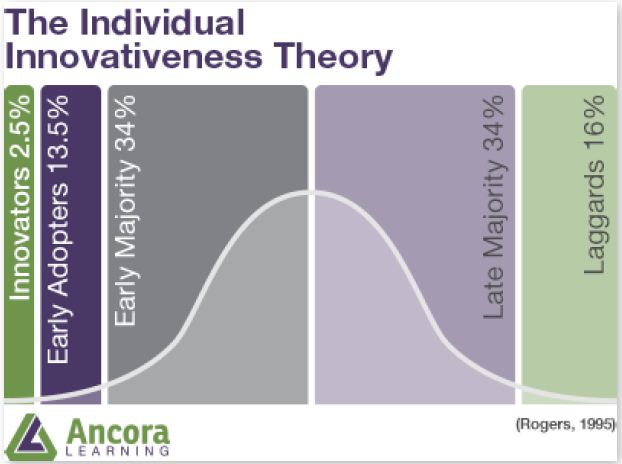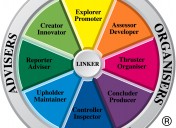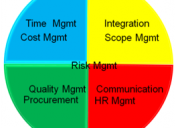How to encourage positive responses to change in your workplace
Dealing with change is one of the most common and ongoing challenges we all face. Given how much change we all experience in our lives, it is surprising there is not greater attention and resources given to helping people respond to specific challenges presented by change.
In every workplace, people will vary in their readiness and commitment to change, as well as their attitude or predisposition to change. Rogers’ (1995) Individual Innovativeness Theory suggests that, based on a stable trait or predisposition, individuals react differently to change.
Characteristics of innovators
- Venturesome, desire for the rash, the daring and the risky
- Control of financial resources to absorb possible loss from an unprofitable innovation
- Ability to understand and apply complex technical knowledge
- Ability to cope with a high degree of uncertainty about an innovation
Characteristics of early adopters
- Integrated, part of the local social system
- Greatest degree of opinion leadership in most systems
- Serve as a role model for other members of society
- Respected by peers
Characteristics of the early majority
- One third of the members of a system
- Interact frequently with peers
- Seldom hold positions of opinion leadership
- Deliberate before adopting a new idea
Characteristics of the late majority
- One third of the members of a system
- Sceptical and cautious
- Not responsive to promotional messages
- Responsive to pressure from peers
Characteristics of laggards
- Possess little opinion leadership
- Uses past points of reference
- Suspicious of innovations
- Innovation–decision process is lengthy
Identify your team’s orientation to change
Reviewing the above characteristics:
- Think about yourself and identify which type you might be
- Think about each of your team members and identify which type they might be
With that understanding of yourself and your team members, how could you create or adjust your change management strategy to lead everyone through with more positive outcomes?
For example:
- Are any of your team members innovators or early adopters?
- Could they become champions within the team?
- How might you adjust your communication to each of the team members?
- What additional support can you provide to the late majority and laggards?
To find out more about how to support your team through change
Call us on 1300 ANCORA [1300 262 672]
Related Posts
- ← 6 Tips on building resilience and lowering stress
- Six frogs on a lily pad – A parable for change →


















